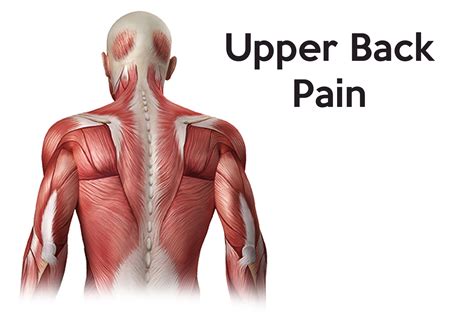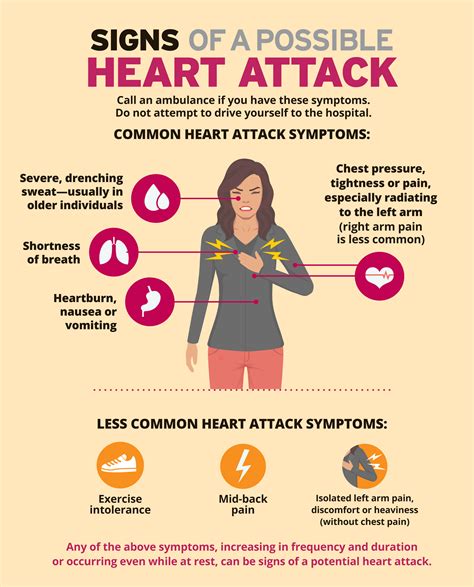Upper back muscle pain, also known as thoracic spine pain, is a common condition that affects millions of people worldwide. It can be caused by a variety of factors, including poor posture, muscle strain, and underlying medical conditions. In this article, we will explore the possible causes of upper back muscle pain and provide tips for easy relief.
Understanding the Thoracic Spine
The thoracic spine is the middle region of the back, extending from the base of the neck to the bottom of the rib cage. It is made up of 12 vertebrae, which are separated by intervertebral discs and held together by a complex system of muscles, ligaments, and tendons. The thoracic spine plays a crucial role in supporting the body’s weight, facilitating movement, and protecting the internal organs.
Common Causes of Upper Back Muscle Pain
- Poor Posture: Slouching or slumping can put strain on the muscles in the upper back, leading to pain and discomfort. This is especially common in people who spend long hours sitting at a desk or driving.
- Muscle Strain: Overstretching or tearing of the muscles in the upper back can cause pain and inflammation. This can occur due to sudden movement, heavy lifting, or repetitive strain.
- Herniated Discs: The intervertebral discs in the thoracic spine can become herniated, putting pressure on the surrounding nerves and causing pain.
- Degenerative Disc Disease: As we age, the intervertebral discs can degenerate, leading to a loss of cushioning and support for the spine. This can cause pain and stiffness in the upper back.
- Scoliosis: An abnormal curvature of the spine can put uneven pressure on the muscles and joints in the upper back, leading to pain and discomfort.
- Stress and Tension: Emotional stress and tension can cause muscle tension in the upper back, leading to pain and discomfort.
- Underlying Medical Conditions: Certain medical conditions, such as osteoporosis, spinal stenosis, and fibromyalgia, can cause upper back muscle pain.
Easy Relief Techniques
- Stretching Exercises: Gentle stretching exercises can help to relieve tension and improve flexibility in the upper back. Try rolling your shoulders, tilting your head to the side, and stretching your arms overhead.
- Strengthening Exercises: Strengthening the muscles in the upper back can help to improve posture and reduce pain. Try exercises such as shoulder blade squeezes, rowing motions, and plank poses.
- Heat and Cold Therapy: Applying heat or cold packs to the affected area can help to reduce pain and inflammation. Try using a warm bath, shower, or heating pad, or an ice pack wrapped in a towel.
- Good Posture: Maintaining good posture can help to reduce strain on the muscles in the upper back. Try to sit and stand up straight, with your shoulders back and your core engaged.
- Relaxation Techniques: Stress-reducing techniques such as deep breathing, meditation, and yoga can help to reduce muscle tension and promote relaxation.
- Ergonomic Adjustments: Making ergonomic adjustments to your workspace and daily activities can help to reduce strain on the muscles in the upper back. Try using a comfortable chair, adjusting your computer monitor, and taking regular breaks to stretch and move.
It's essential to address underlying causes of upper back muscle pain, rather than just treating the symptoms. By identifying and addressing the root cause of the pain, you can develop a more effective treatment plan and reduce the risk of chronic pain.
When to Seek Medical Attention
If you experience any of the following symptoms, seek medical attention:
- Severe or persistent pain
- Numbness or tingling in the arms or legs
- Weakness or fatigue in the muscles
- Difficulty breathing or swallowing
- Fever or chills
- Recent trauma or injury
What are the most common causes of upper back muscle pain?
+The most common causes of upper back muscle pain include poor posture, muscle strain, herniated discs, degenerative disc disease, scoliosis, stress and tension, and underlying medical conditions.
How can I relieve upper back muscle pain at home?
+You can relieve upper back muscle pain at home by trying stretching exercises, strengthening exercises, heat and cold therapy, good posture, relaxation techniques, and ergonomic adjustments.
When should I seek medical attention for upper back muscle pain?
+You should seek medical attention if you experience severe or persistent pain, numbness or tingling in the arms or legs, weakness or fatigue in the muscles, difficulty breathing or swallowing, fever or chills, or recent trauma or injury.
In conclusion, upper back muscle pain is a common condition that can be caused by a variety of factors. By understanding the possible causes and trying easy relief techniques, you can reduce pain and improve your overall quality of life. Remember to seek medical attention if you experience any severe or persistent symptoms.


